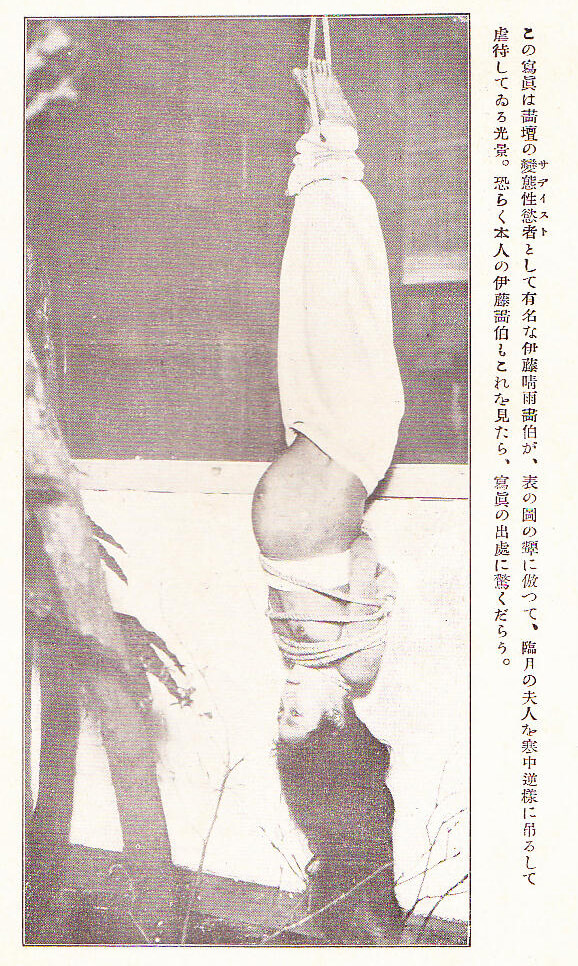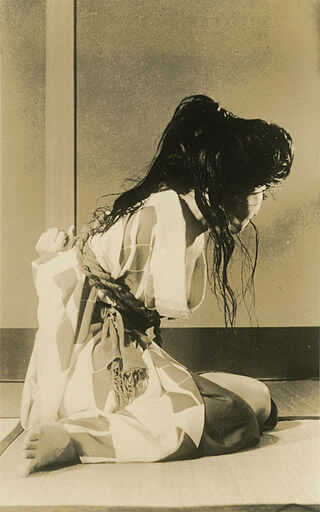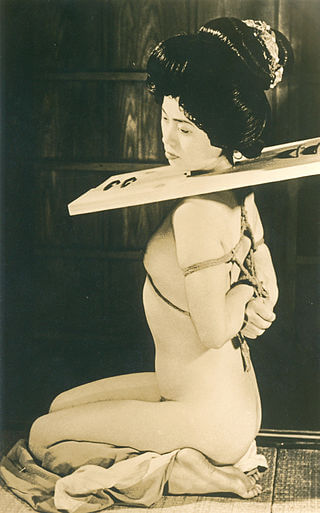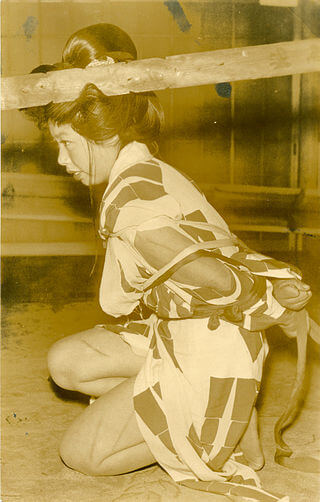Seiu Ito and the Bondage Revolution
Inspired by torture, violence, theatre, and eroticism, the artist is famed for transitioning Japanese rope bondage into an art form.

‘Yomikiri Romance’, January 1953, Seiu Ito
Born in 1882 in Tokyo, Seiu Ito was one of Japan’s most influential artists, best known for his use of kinbaku, the erotic art of rope binding. While he may be hailed as the ‘father of modern kinbaku’, Seiu Ito was also a talented painter, draughtsman, metalworker, ivory carver, and sculptor, working as a newspaper illustrator and critic from 1907 onwards.
Kinbaku initially emerged as a derivative of Edo-period torture methods, associated with the practice of hojojutsu. Criminals and captives were bound with ropes and even to this day, certain associated methods are taught to Japanese police officers. It is Seiu Ito, however, who has been credited with transforming kinbaku into an erotic art.
From capture to suspension
The artist would regularly depict women in bondage in his paintings and photographs, often in suspension. One of the most famous images by Seiu Ito is of his second wife, Kise Sahara, heavily pregnant, suspended by her feet in Rinketsu Bijin Sakasa Tsuri no Shashin (Photo in Inverted Suspension of a Beautiful Woman in Her Last Month of Pregnancy). The artist attempted his first suspension with Kise Sahara in 1920.
Seiu Ito is said to have been inspired by the torture scenes of traditional theatre. His first book, published in 1928, was entitled Seme no Kenkyu – Research on Torture, and in 1953 he started his own theatre group, the Seme no Gekidan (Torture Theater Group).
During the 1930s, Seiu Ito’s work was widely censored by the authorities. However, in 1960, a year before his death, he was recognised by the Japanese Artist’s Association. His life was the subject of the 1977 film Beauty’s Exotic Dance: Torture! by director Noboru Tanaka.
Seme no Kenkyu (1928) by Seiu Ito was published by Shinchosha, but is out of print.


Left: ‘Suspension’ 1921, Seiu Ito, published Hentai Shiriou in 1926. Right: ‘Yomikiri Romance’, January 1953, Seiu Ito

‘Yomikiri Romance’, January 1953, Seiu Ito


‘Yomikiri Romance’, January 1953, Seiu Ito


‘Yomikiri Romance’, Seiu Ito


‘Yomikiri Romance’, Seiu Ito

‘Yomikiri Romance’, Seiu Ito
TRENDING
-
A House from the Taisho Era Reveals Its Secrets
While visiting an abandoned building, Hamish Campbell discovered photographs the owner had taken of the place in the 1920s.

-
The Taboo-Breaking Erotica of Toshio Saeki
The master of the 1970s Japanese avant-garde reimagined his most iconic artworks for a limited box set with silkscreen artist Fumie Taniyama.

-
With Meisa Fujishiro, Tokyo's Nudes Stand Tall
In the series 'Sketches of Tokyo', the photographer revisits the genre by bringing it face to face with the capital's architecture.

-
Masahisa Fukase's Family Portraits
In his series ‘Family’, the photographer compiles surprising photos in which he questions death, the inescapable.

-
Hajime Sorayama's Futuristic Eroticism
The illustrator is the pioneer for a form of hyperrealism that combines sensuality and technology and depicts sexualised robots.





